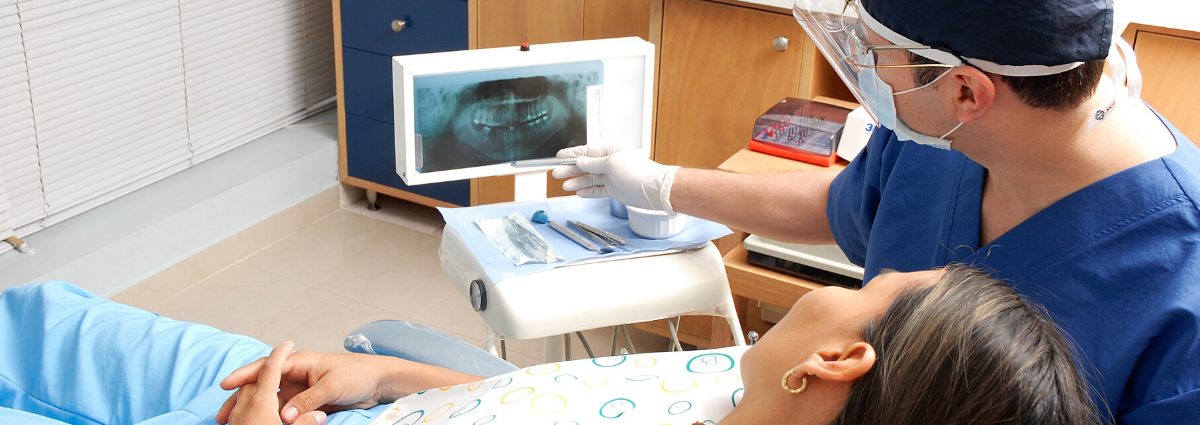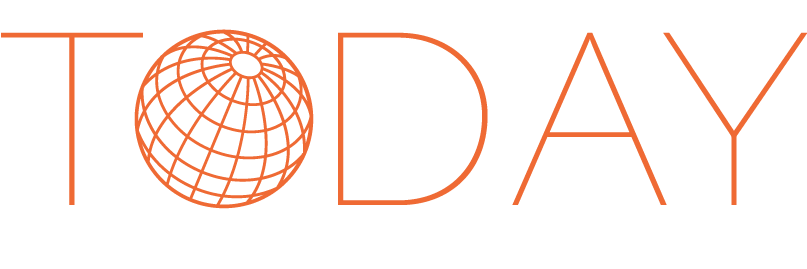COVID-19 special guidance for Dentists; RPE usage, training and fit-testing
Practices are under a legal obligation, under Control of Substances Hazardous to Health (COSHH), to adequately control the risk of exposure to hazardous substances where exposure cannot be prevented, including where a person may be exposed to public health hazard such as COVID-19.

The provision and use of personal protective equipment (PPE), including respiratory protective equipment (RPE), will protect staff, patients and visitors. Employees must make full and proper use of any control measures, including PPE, provided by their employer.
The selected RPE must be both adequate and suitable. General advice on the selection of RPE is covered in HSE guidance, the basic RPE principles are that it must:
• be adequate and provide the wearer with effective protection;
• be suitable for the intended use;
• be 'CE'-marked;
• be selected, used and maintained by properly trained people;
• be correctly maintained, examined and tested;
• be correctly stored.
• an employer will need to keep records of selection, maintenance and testing.
The limitations of RPE
No respirator is 100% efficient. Recent research indicates that up to 50% of RPE used does not offer the assumed protection. Most common causes of RPE failure are leakage and incorrect donning.
Leakage occurs:
- Through the filter
- Between the face and facepiece
- If the wearer is not clean shaven
- Through exhalation valve
- Through defects in the facepiece
Incorrect donning:
- Straps correctly positioned
- Straps tight but not too tight
- Hair caught between face and mask
- Mouldable nose strip (for disposables) not firmly shaped to the wearer
Facemask fit-tests are essential to reduce COVID-19 risks
COSHH stipulates that RPE should be 'face fit tested using a suitable method' and HSE has given guidance on this in HSG52 and INDG479. The 'British Safety Industry Federation' (BSIF), alongside HSE, have also created practical guidance and in the form of the 'Fit2Fit Companion'.
IOM offer formalised Fit2Fit training and fit-testing services to support the introduction of RPE in their workplace and ensure they are part of an internal RPE program.
It is a legal requirement that workers using tight-fitting respiratory protective equipment (face pieces/masks) are fit tested by a certified competent person such as those accredited by the BSIF on the Fit2Fit scheme which promotes best practice.
A dental professional can be appropriately trained and supported through practical mentorship in safely gaining experience & competency in performing facepiece fit testing. Dental professionals conducting fit-testing should seek independent advice from their indemnity organisation to ensure adequate, and suitable professional indemnity and employer's liability cover is in place.
Fit-testers should be competent in:
- selection of adequate and suitable RPE;
- examination of RPE and the ability to identify poorly maintained and poorly fitted facepieces;
- ability to correctly fit a facepiece and perform pre-use wearer-seal checks;
- awareness of external factors that may affect the fit of the facepiece or the fit test result;
- the differences between, and the appropriate use of Quantitative & Qualitative methods;
- the purpose of the fit test exercises;
- capabilities and limitations of the fit test equipment;
- how to perform a correct fit test with the chosen method;
- awareness and knowledge of how to prevent and correct problems during fit testing;
- interpretation of fit test results;
- an understanding of the differences between fit factor, workplace protection factor (WPF),†assigned protection factor and nominal protection factor (NPF); and
- HSE ACOPs and guidance that deal with fit testing of RPES .
As part of the fit-testing & training, the wearers are instructed on
- Why the RPE is needed and when to use it
- The hazards, the risks and effects of exposure
- How the equipment works and what it can and cannot do
- How to correctly put on, wear and remove the equipment
- Instruction on obtaining a good face fit if the RPE incorporates a face mask
- How to carry out pre-use inspection and fit checks
- The factors that may affect the protection provided by the equipment
- How to clean and inspect RPE during and after use
- How to store it
- When to replace it
- How to report any defects or problems
It is the employer's responsibility to ensure the suitability and adequacy of the RPE if sourced. Employees have a legal duty to use and maintain the RPE following the training and instruction provided and to report any defects or problems immediately.

